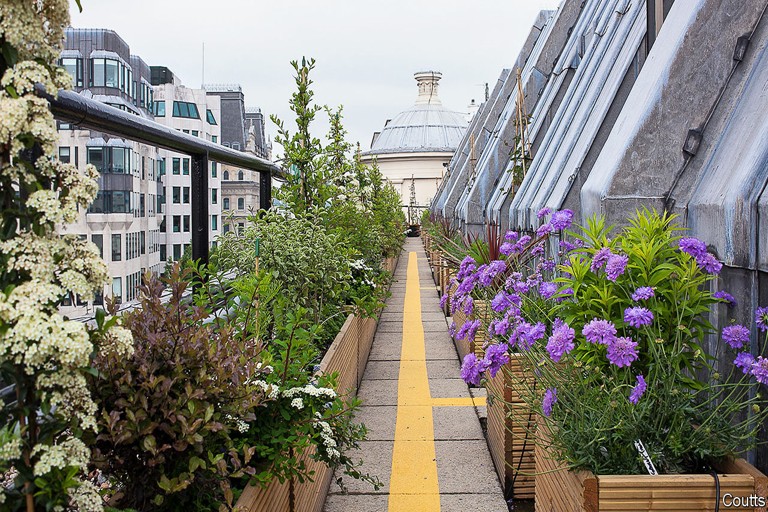Lifestyle & Wellbeing
How Londoners Are Turning Rooftops Into Urban Gardens
A growing number of Londoners are transforming rooftop spaces into green sanctuaries, improving mental health and air quality while fostering local food production.
By Sophie Carter | 05 October 2025, 09:28

As London grapples with rising temperatures, air pollution, and a shortage of green space, residents are finding creative ways to reconnect with nature — by transforming their rooftops into flourishing gardens. From residential flats to office blocks, urban rooftops are being converted into leafy sanctuaries that offer both environmental and personal benefits.
These elevated gardens serve multiple purposes: they reduce urban heat, absorb CO₂, improve air quality, and provide much-needed habitats for pollinators like bees and butterflies. Many are also used to grow herbs, vegetables, and flowers, giving city dwellers access to fresh produce and an outlet for stress relief.
In Camden and Hackney, local councils have begun offering grants and planning support to encourage rooftop gardening projects. One standout initiative is the 'Grow Above' programme, which helps residents assess structural suitability and access funding for soil, planters, and irrigation systems. Dozens of buildings have already joined.
Green roofs are also making their way into commercial architecture. Major firms in Canary Wharf and Shoreditch have begun incorporating rooftop gardens as part of their wellness infrastructure, offering employees access to tranquil outdoor areas during the workday. Some buildings even host rooftop yoga and gardening clubs.
For many Londoners, the benefits are as emotional as they are ecological. “It gives me a sense of calm,” says Ana Roberts, who manages a rooftop allotment in Southwark. “I spend an hour up here before work every day — watering plants, watching the city wake up. It’s become essential to my mental health.”
Experts at the Royal Horticultural Society have praised the movement as a practical response to urban climate challenges. They point out that rooftop gardens can extend the life of roofing materials, reduce flood risk by absorbing rainfall, and increase biodiversity without claiming additional land.
With interest continuing to grow, rooftop gardening is now being integrated into city-wide sustainability goals. Urban planners hope to see at least 25% of new developments include green roofs by 2030 — a vision that combines environmental resilience with everyday wellbeing.